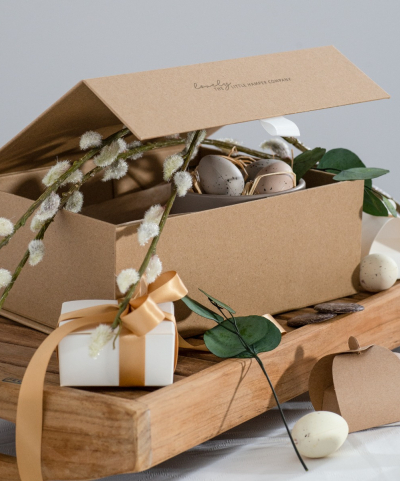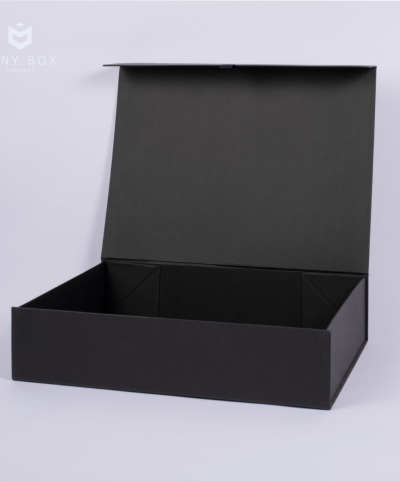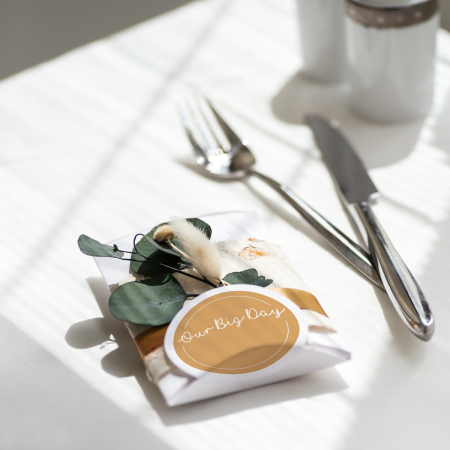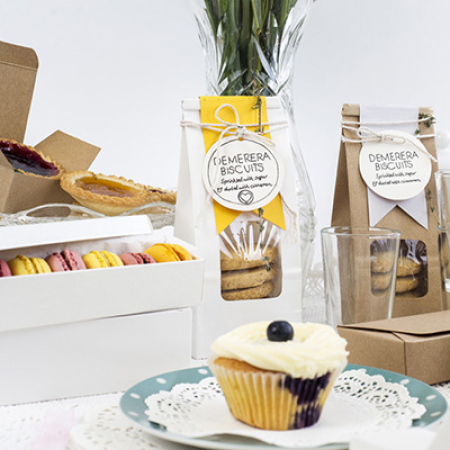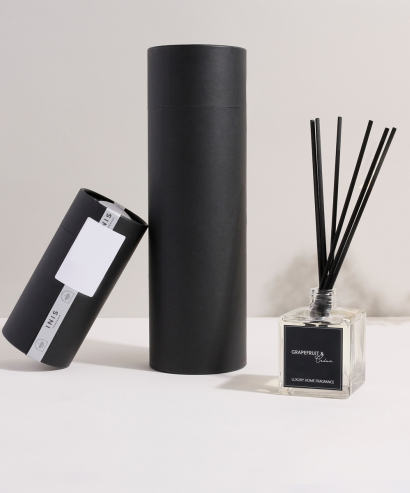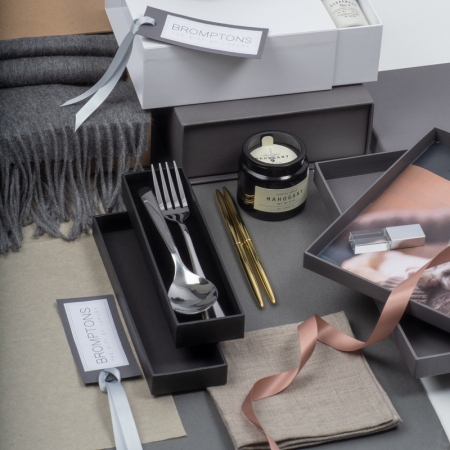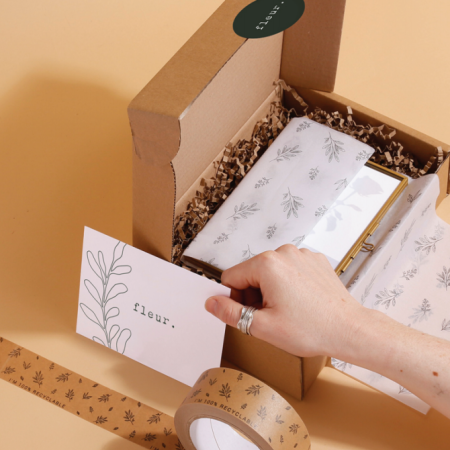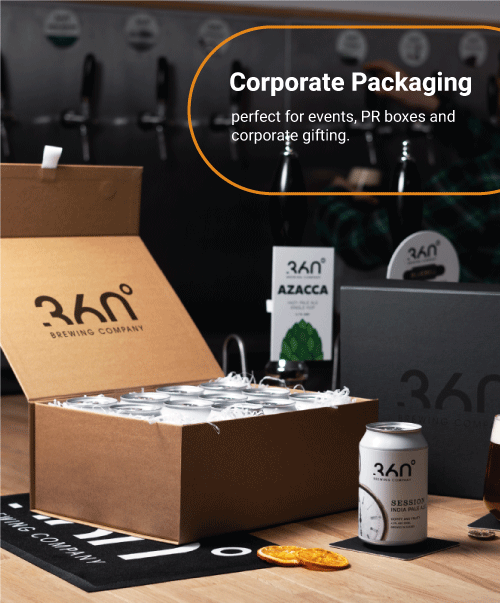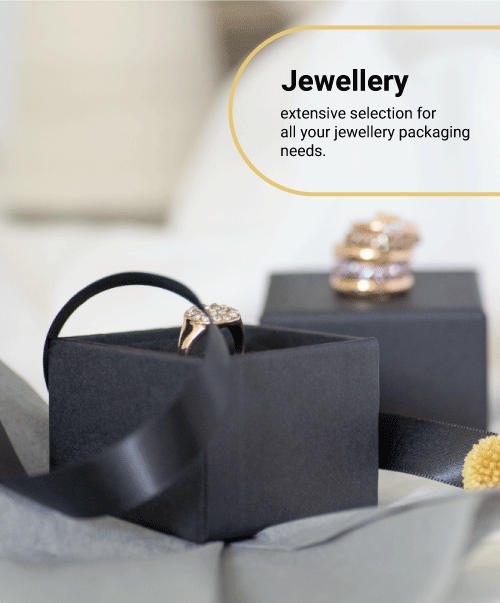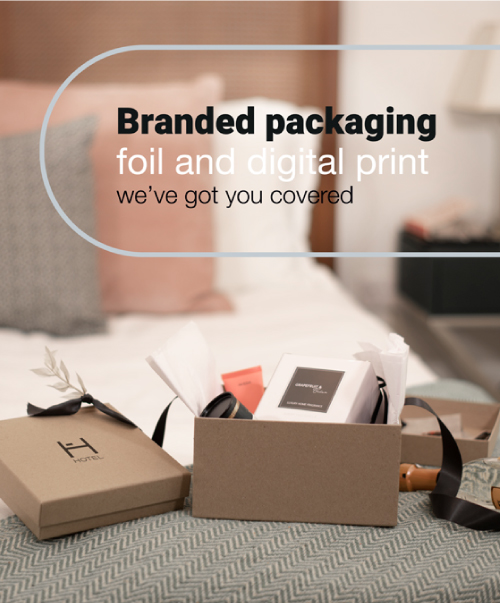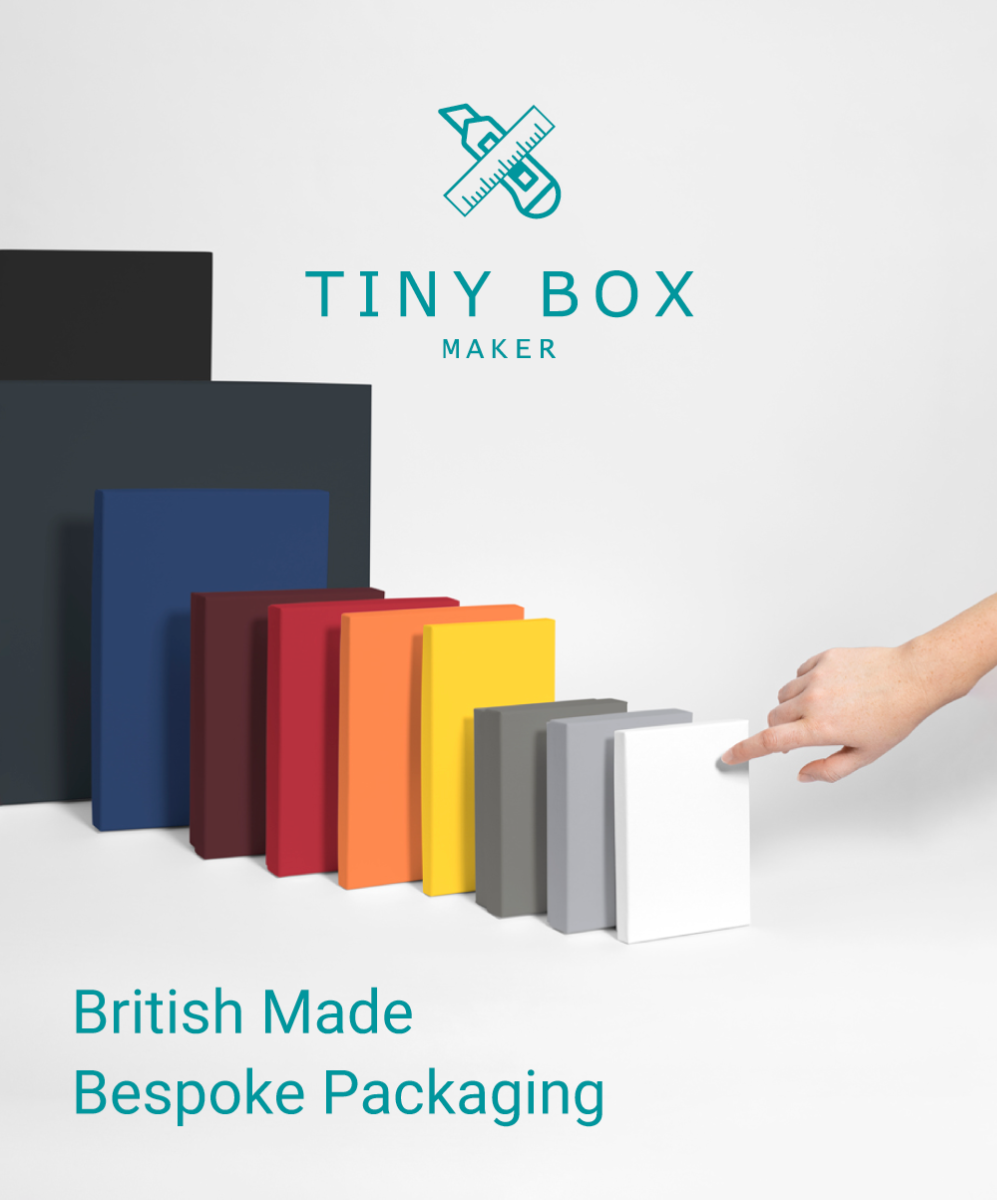
Setting up a full marketing strategy can feel like climbing a mountain, especially for a small business that’s just starting its journey. One of the key steps to success is finding your brand’s identity - but how exactly do you go about this?
Tiny Box Clinic, which offers free advice to small businesses, recommends 5 steps to building a brand:
1. Know your why - work out what problem/pain points you’re solving.
First things first, understand your brand’s purpose and place in the world. Ask yourself questions like: Why does our company exist? What problems are we solving? What are our core values? What impact do we want to have?
Take a step back and think about the gap in the market you're aiming to fill - this could be fulfilling an unmet need or an inefficiency, or simply just providing a better alternative to what’s already out there.
Do some market research to identify any common problems in your industry and pain points customers may have - meaning any frustrations, inconveniences, or obstacles they may stumble across. By addressing these head on, you can craft a business that not only stands out from the crowd but also adds real value to customers.
2. Know your who - work out who you’re trying to reach.
Next, pinpoint your target audience - essentially the people most likely to be interested in your products. Market research is your best friend here - you need to dive into the demographics and behaviours of your potential customers. Who are they? What do they care about? What are their interests and preferences?
This will then shape your brand positioning and messaging, helping you to create targeted marketing campaigns that appeal to your customers directly and speak to their needs.
It will also guide you in choosing the right social media platforms - for instance, a younger audience might hang out on TikTok and Snapchat, while professionals may prefer LinkedIn. (For more on this, check out our blog post here on social media tips to elevate your brand’s marketing.)
3. Craft your voice - create a tone of voice for your brand to use.
Crafting your brand voice is pretty crucial. This refers to the tone, language, and style you use to chat with your customers. Should your voice be light and conversational? Or more formal and authoritative? Do you want to be known for humour, or power? Have a think about what you’d like your tone to be and what your audience would best respond to.
Consistency is also key here - use the same tone across the board, from web copy and social media posts, to customer service interactions, as this will help create a recognisable brand personality.

4. Design your look - create a visual identity that’s consistent across all channels.
Your brand’s visual identity is just as important as your voice. This includes the look of your brand’s logo, your colour scheme, typography, and any photos you use, which all help reflect your brand identity.
Colour choices have different psychological impacts and can convey specific messages and emotions. For example, blue is linked to trust and reliability, making it popular in healthcare, while green is associated with nature and is therefore ideal for eco-friendly and sustainable products. (Find out more here on our blog on colour psychology and its impact in packaging!) Don’t forget about photos too - any pictures you take should follow the same colour scheme.
What about your typography? This is how you arrange font, style, and spacing in written copy - so take into account your brand’s tone of voice here. Is it more light and casual? If so, a handwritten font may work best. Or is it more powerful and authoritative? Then perhaps opt for a strong and bold style.
And need some help designing a logo that stands out? Tiny Box Company’s in-house design team can work with you to create what you're looking for - find out more here.
5. Live the brand - ensure your actions across the entire business reflect your values.
The final step in building a brand is just to simply live and breathe it. Embody your brand in every possible way, from marketing right through to customer service. Say you’re providing eco-friendly products, then you need to adopt sustainable practices in your company - use refillable soap dispensers, recycle, and reduce waste wherever possible.
Let your audience know what you’re up to by sharing behind-the-scenes content of your team at work - show them that you practise what you preach to help build that all important trust.
In conclusion
For more marketing tips, check out the Tiny Box Clinic, a space for small business owners to connect, learn, and comment. Check out our earlier blog post on marketing trends and tips for small businesses, and for more on how to apply our marketing tips and ‘jargon-bust’ us, look out for more blogs on Tiny Box Company.

